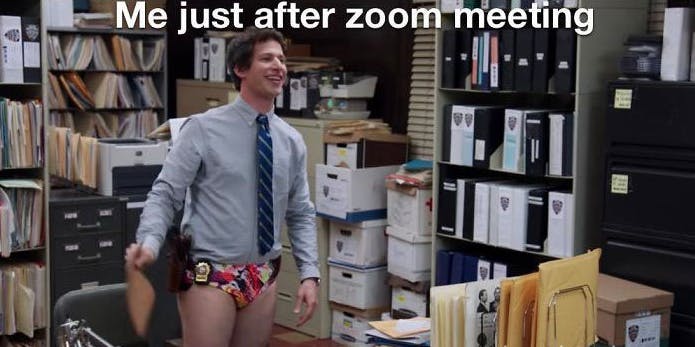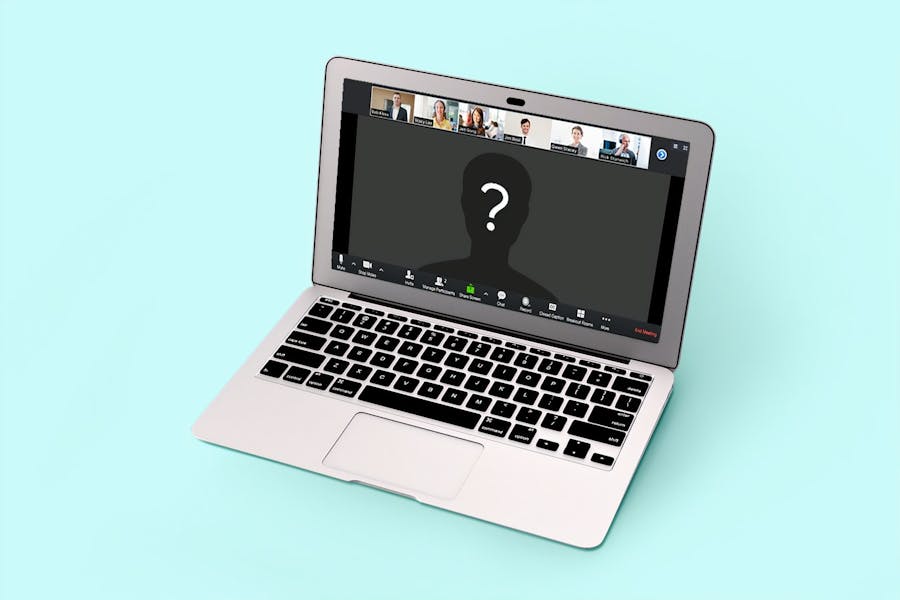With 87% of event cancellations in March and April according to evenement.com, COVID-19 has of course not spared the event industry. Lockdown and social distancing as well as health instructions have a lot to do with it.
A quick reaction from event creators was necessary. It materialized, after the shock, by the appearance of virtual events (whether via webinars or videoconferences ) because the majority have a webcam and a microphone, especially in the context of WFH (although it is still necessary to know how to make them work properly).
So in 2020, 100% Virtual, Hybrid, or On-Site event?
The virtual event, pros :
- Employees and spectators of your event can attend from anywhere in the world without having to take a plane or train, which is rather good news for the planet (see other eco-responsible event initiatives).
- It showcases your digital expertise (organizing a whole virtual event from scratch requires a good knowledge of new technologies and current tools).
- Recording allows replay and replay (we would all have loved to be able to relive an event in which we could not participate . Except if there was a video capture during the event, it's possible).
- Interaction and engagement remain possible (like in a physical event) through different solutions: polls, quizzes, or chats and allow everyone to ask their question quickly without creating interruptions.
- Allows having top speakers easily.
- No audience limit! Your event is scalable at will and at zero marginal cost (unlike an on-site event) because you have no venue to book, no caterer to pay.
- The speakers are much less shy in front of their camera than on a stage in front of the direct judgment of an audience.

The virtual event cons :
- No direct human contact (yet very important for networking).
- The attention is much more fragile (as a result, less emotional link with the event), Americans for example, are multitasking (The figure: 80% of Americans do several things at the same time on their screens).
- A webinar format that has become commonplace and sometimes tiring, these formats are time-consuming and it is, therefore, difficult to engage with participants.
- The success or failure of the event depends on a fluid and stable internet connection.
- Need to manage the video streams, the lights, the retransmission. Most of the time you will need to call a specialized technical service provider (do not hesitate to contact Digitevent if you need support on this level)...
- The need to have very good speakers to engage the audience (>> a short tutorial on how to be a great video speaker).
- No networking and handshakes: It often only takes a few seconds to get the first impression of someone. This feeling is part of what people are looking for in a networking event and that the virtual cannot totally replace.
Take the best of both worlds, the Hybrid event!
Hybrid has many advantages inherent to both the face-to-face and virtual worlds:
- The hybrid event allows you to keep a physical link with your VIP guests or with those who are not comfortable with videoconferencing technology. It also enhances the experience for remote viewers since they feel like they're watching a real show rather than a simple web conference.
- In hybrid, your physical event is smaller and therefore costs you less. It also allows you to keep all the content of the event, and thus be able to capture leads by creating a landing page allowing you to download your replays!
- You comply with health regulations while continuing to communicate with your customers through your events.
- This brings you into the era of freedom of work format (telecommuting or face-to-face in the office) and brings you even more flexibility.
In order to keep this ability to react, opt for virtual or hybrid event solutions with Digitevent; to bring you better agility in a constantly evolving context.




